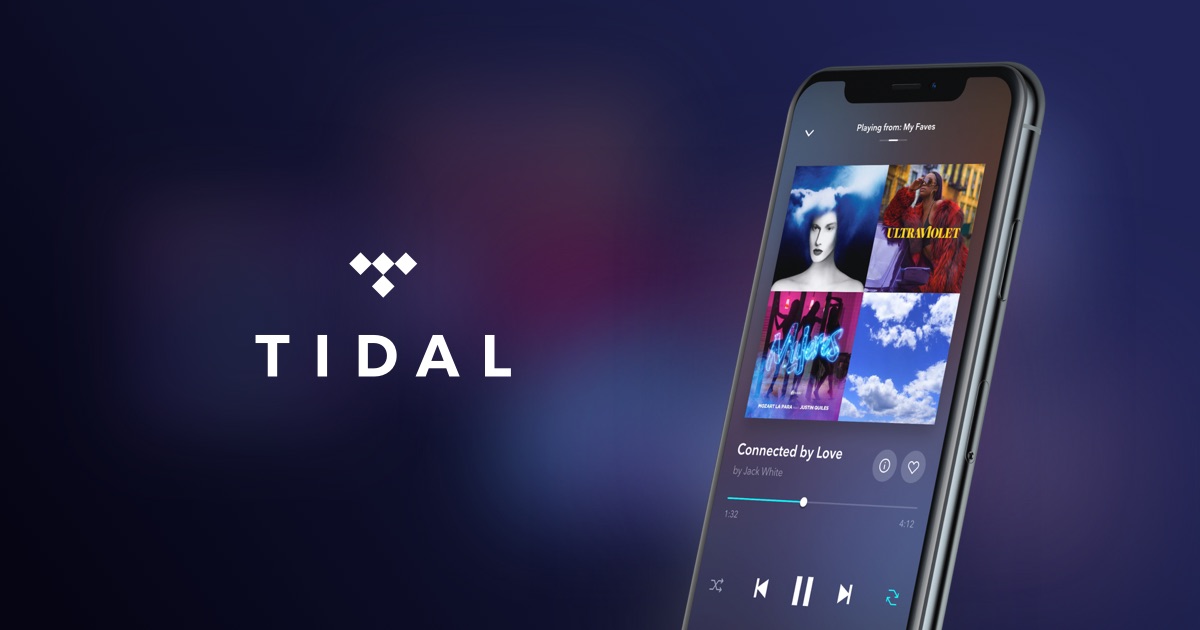Back to (virtual) reality
It’s Friday evening finally, and you’ve had a long week. You’ve grabbed your drink, got comfy on the front row alongside other eager fans and then Anderson .Paak bursts onto the stage with his sublime rhymes. Minutes later, the doorbell goes off – your pizza has arrived super early! The good thing about this gig of course is that you’ll always be able to rewind the livestream once you’ve plated up your Margherita.
Now, you’d think this scenario is just a 2020 #throwback. But a recent report from Vivis Interactive and Panelbase seems to suggest that the ‘virtual’ live experience habit is here to stay for homebird Brits. 3.6 million Brits aged over 18 said they’d watched a live music performance before and during lockdown. That works out to The O2 arena being fully sold out a staggering 180 times over.
Ok, but that’s just a one-off..right?
You may brush that aside as a side effect of being forced to stay indoors, but 64% of respondents (or roughly 16.3 million people) said they will continue to watch or participate in virtual experiences well after lockdown is lifted.
People have enjoyed immersing themselves virtually at home so much, that a whopping 48% (12.2 million) said they’d actually prefer some virtual experiences over their IRL counterparts even after venues open. Watching a newly released film in a cinema, enjoying live music performances and doing online health/yoga classes à la Joe Wicks came in as the top three experiences Brits see themselves sticking to virtual over real, in the future.
As people increasingly stop looking down on virtual experiences as poor approximations of their rich IRL cousins, the onus is on brands, media owners, venues and cultural institutions to offer hybrid real life and virtual events.
Some streamers are already making the shift.

TIDAL, the high quality audio streaming service partnered with Facebook’s Oculus last September to host a series of exclusive and intimate live performances by big name artists like Charli XCX that fans could stream into their homes. The app even let people socialise with friends in the venue beforehand and featured exclusive curated playlists by the featured artists to get virtual gig goers in the mood. In a similar vein, rapper Travis Scott broke records on the popular Fortnite when 12.7 million gamers tuned in live to watch his first nine minute ‘Astronomical’ virtual concert event inside the game.
Wait, all of this tech sounds ££££s.
What if most of your audience doesn’t have a fancy piece of VR kit like Oculus lying around (which is probably true for most brands out there).
Fear not. Just look at Facebook’s low-fi solution for US sports fans with a recent launch of the ‘Venues’ app. Their research found that 94% of people kept a smartphone on hand while watching live TV. This insight inspired the Venues app to become their perfect second screen companion for watching live events. They partnered with NASCAR where commentators could create Moments’ — think IG style polls and interactive features — whenever they thought memorable or conversation-worthy pivotal moments were happening during the race.

The guiding principle behind Venue is a perfect demonstration of adding an extra layer of fun and value to live in fans’ homes – get them closer to experts via curated, interactive features.
There’s no doubt that virtual offers a golden opportunity to reach new audiences at scale. The Audience Agency recently found that 38% streamed theatre, opera and other live performing arts for the very first time last year. Dua Lipa’s Studio 2054 virtual concert reportedly took $1.5 million and five months to produce but more than recouped that by selling 284,000 tickets and being streamed by 5 million people worldwide. By tickets for her show starting at £7.50, Dua’s gig was that much more accessible for her fans.
Where do we go from here?
No plot twist here coming from a Libra, but I’m a big believer of the truth being somewhere in the middle. No, we’re not going to all suddenly become recluses at home come summer 2021 and beyond. Iconic venues and the real, sensorial and connected human experiences they offer aren’t just going to disappear when this is all over.
But the past year has undoubtedly put the pace of our adopting digital and virtual solutions in our lives on rocket fuel.
We’ve never been more open to and excited by the possibilities of our social calendars being filled with participating in new experiences – not just locally, but from anywhere on the planet.
As humans, we don’t like making choices. And with an exciting new future where IRL and virtual experiences don’t become a zero sum game, but in fact, help make each other better, I for one can’t wait to have my Friyay pizza and eat it too.